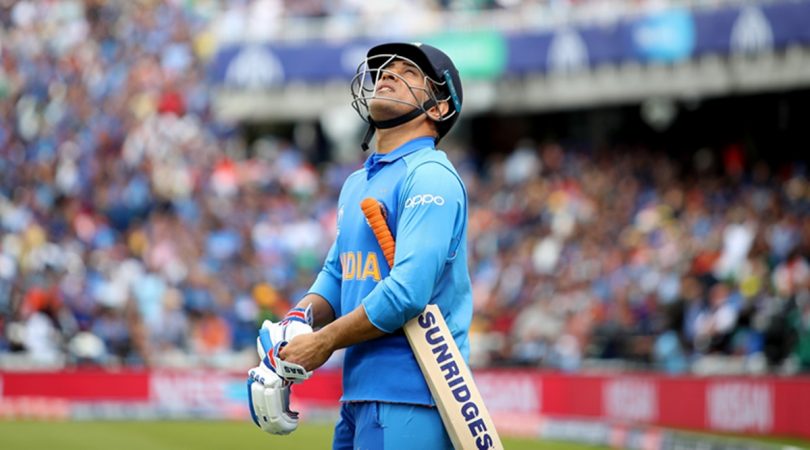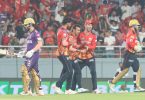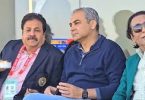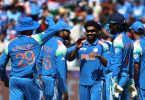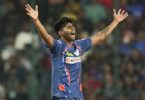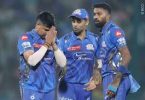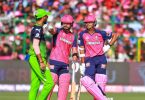For the great batsmen, who took the art of batsmanship in one-day cricket to a higher pedestal, wielding the willow in limited overs cricket was about skill and technique, just like it was in Test cricket. But for someone like MS Dhoni, batting in ODIs was all about a bit of brain and a lot of brawn. Dhoni’s batting mirrored his streetsmart personality. Always ready with a fix for the most complex of situations.
He didn’t care how he looked while and after he played a shot – perhaps the only exception was the 2011 ICC World Cup final, when he hit that six over cow corner and stayed put in that pose – and in that was his simple way of tackling the best bowlers in world cricket.
He batted almost the entirety of his ODI career in the middle order and finished with 10,773 runs. His average at the end of his career, spanning 350 matches, is a whopping 50.57.
But interestingly, among batsmen with over 10,000 runs in their ODI career, often considered the gold standard of success in modern ODI batting history, Dhoni is only the second batsman with an average above 50, and the only one among those who have finished their careers.
Indian captain Virat Kohli is the only other batsman with over 10,000 runs to have an average over 50, but he is still playing. Among those, who are in the 10k club and have retired from the game, Sachin Tendulkar comes in behind Dhoni, with an average of 44.83.
At the end of the day, it might just be another statistic and another parameter to judge batsmen by. But what it tells about Dhoni is the fact that he made a huge impact in a format where he seldom got the chance to play too many deliveries.
Among the 14 batsmen to have scored 10,000 or more runs in ODI cricket, most are opening batsmen. The others have batted for the majority of their respective career either in the number 3 position or number 4.
Dhoni played most of his cricket at the numbers 5 and 6 and therein lies his greatness. He retires from the game as the best ODI finisher ever.

